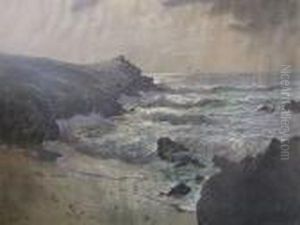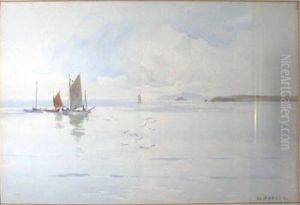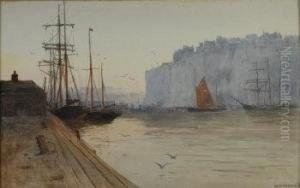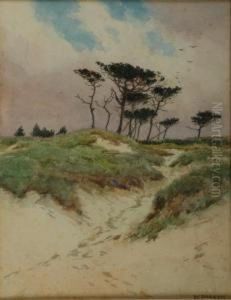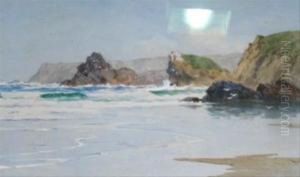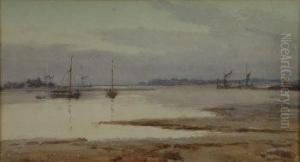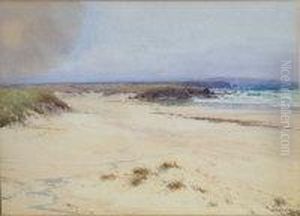William Samuel Parkyns Paintings
William Samuel Parkyns was a British artist, traveler, and writer, born in 1819. His life and work spanned a period of significant change and development in British society, including the expansion of the British Empire and advancements in travel and communication. Parkyns is best known for his contributions to the understanding of Ethiopian culture and society, as well as his artistic endeavors, which included paintings, sketches, and illustrations that captured the essence of his travels and observations.
Parkyns embarked on his most notable journey to Ethiopia in the early 1840s, a time when the country was largely unknown to Europeans. His fascination with the region and its people led him to document his experiences and observations in great detail, both through his art and in written form. His works from this period provide valuable insights into Ethiopian life, customs, and landscapes, serving as a cultural bridge between Ethiopia and the West.
Beyond his travels in Ethiopia, Parkyns was an avid explorer who took a keen interest in the broader African continent and the Middle East. His extensive travels allowed him to amass a wealth of knowledge about the regions he visited, which he shared through his writings and lectures upon his return to Britain. Parkyns' contributions to the field of travel literature and ethnography were recognized by his contemporaries, and he became a respected figure in the circles of explorers and scholars of his time.
Throughout his life, Parkyns remained dedicated to his art, using it as a tool to document and share his experiences. His artistic style was characterized by a meticulous attention to detail and a commitment to realism, traits that made his works both informative and captivating. Parkyns' legacy is preserved through his published works, including travelogues and ethnographic studies, as well as his paintings and sketches, which continue to be appreciated for their historical and artistic value.
William Samuel Parkyns passed away in 1905, leaving behind a legacy as a pioneering explorer and artist whose work provided a window into the cultures and landscapes of regions that were largely unknown to his contemporaries. His contributions to the fields of art, ethnography, and travel literature remain significant, offering a unique perspective on the world during a period of great exploration and discovery.
